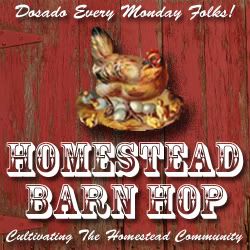Needle Felting: piercing tufts of raw wool hundreds of times using a very sharp needle with tiny barbs to sculpt shapes into fibers.
(Photo – Google Image)
Roving is wool that has been washed, combed, carded as well as sometimes dyed. It is shaped into a thick “rope” that can be spun into yarn.
Wool roving shouldn’t be cut – rather pulled apart into small pieces that are easier to work with. You can purchase several tools to help with felting. One such tool is this needle that has several barbed needles all together – this will help you go faster. You can also make one of these by poking several holes in an old cork and pushing several needles into it.
You can also purchase a base that looks like a huge comb. Or you can purchase a piece of foam and put that under your felting project. If you are working on a flat surface this prevents the tip of your needle from breaking.
You can felt into any type of fiber – wool works best. Wool can be expensive – new – so always check out the thrift shops for fabric or things made of wool that you can recycle. You can also “felt” a wool sweater. To do this, just machine wash and dry an old sweater made of 100% wool. This process is called felting and condenses and matts the fibers together. You can do this to make a “canvas” to “felt paint” on.
Once you learn to needle felt, you can make all kinds of things. You could try sculpting and making animals, to do this you would start with a raw wool batting and begin felting the roving into the batting and sculpting them into whatever shape you would like.
I recently taught needle felting at a Hands On Day, county wide 4-H class. It was at the UWMC (Marathon County). We felted eggs.
I started by making each kit an egg. This is really easy to do. You cut 4 leaf shaped pieces.
Sew them together in pairs. Open them up and sew the two together. Leave an opening for stuffing.
Whip stich the egg closed. Then using your felting needle, begin felting the roving into the wool egg. Keep punching and molding with your hands to shape into the right size. The more you felt it the better it looks.
Here are two examples of the eggs that were made. All the kids and even adults had fun making these eggs. I enjoyed teaching the class.
Blessings from Wisconsin.

















So cute! We love needle felting at our house!
ReplyDeletethat is so cute! :)
ReplyDeleteThat is so neat... I should try it..
ReplyDeleteYou are so smart..smile..
Blessings..
How cool! This would be a great way to make a pin cushion.
ReplyDeleteSo interesting. You are a good teacher! LOve those eggs.
ReplyDeleteLooks like everyone had a great time. I need to drag out my felting supplies...so much to do, so much to do -smile-.
ReplyDeleteHi DB, I found you over at Faye's blog, and I am so excited to see your blog. Another sister in the Lord!
ReplyDeleteI have never seen what you are teaching here, done before, it's very new to me. I'll have to study it some more, I think.
Have a beautiful day, my new friend!
Hugs, Cindy